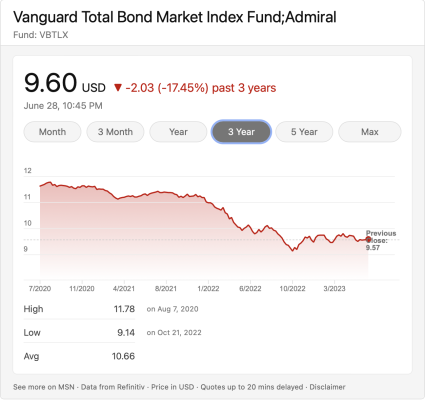The results of the 2023 bank stress tests are in.
"The 2023 stress test shows that the 23 large banks subject to the test this year have sufficient
capital to absorb more than $540 billion in losses and continue lending to households and businesses under stressful conditions. In the immediate years after the 2007–09 Global Financial
Crisis, banks subject to the stress test substantially increased their capital, which has remained
largely level for the past few years (see figure 2). The aggregate and individual bank post-stress
common equity tier 1 (CET1) capital ratios remain well above the required minimum levels
throughout the projection horizon."
https://www.federalreserve.gov/publications/files/2023-dfast-results-20230628.pdf



